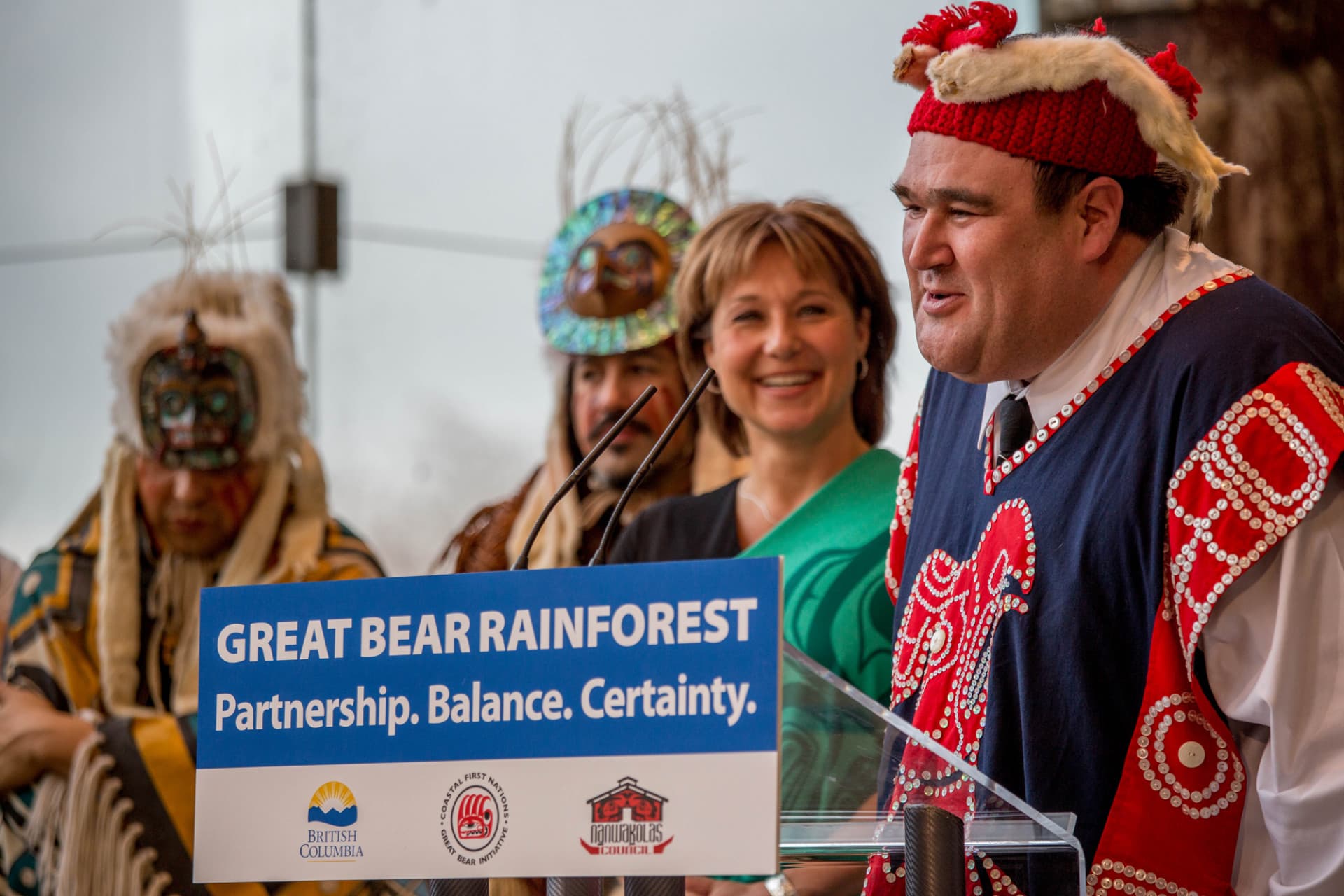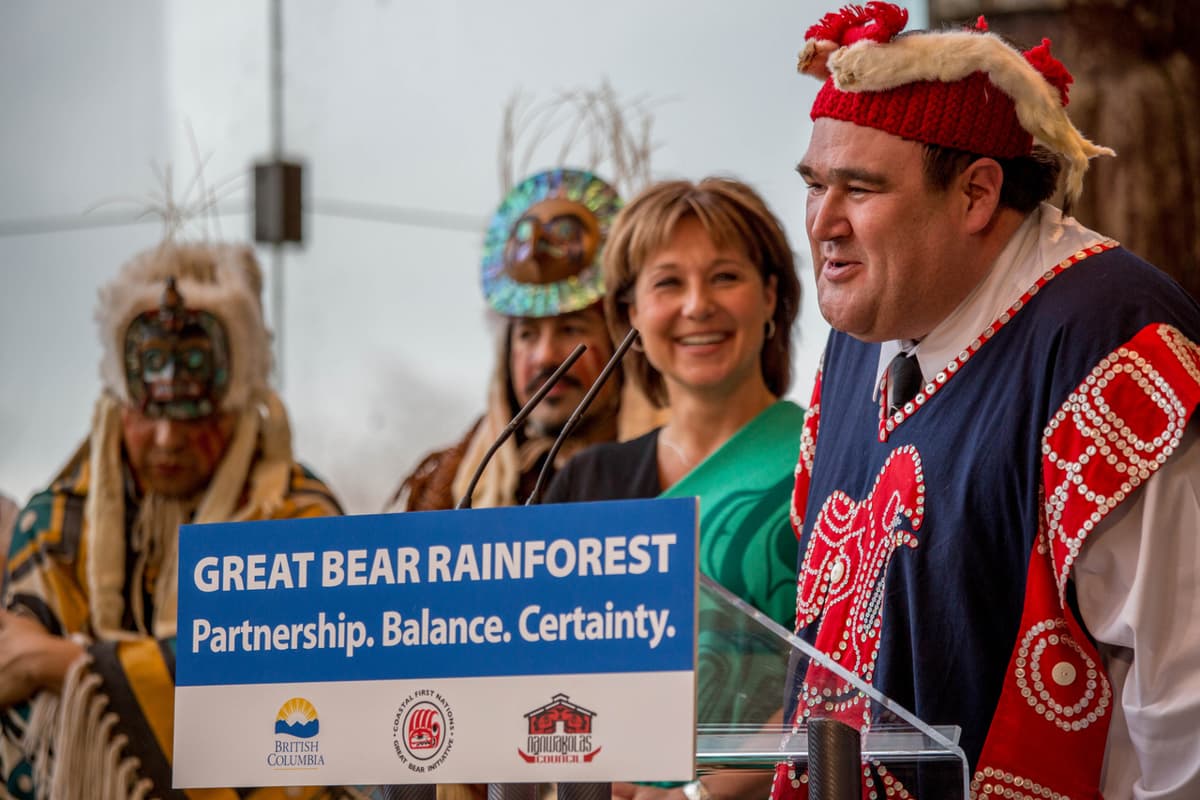

Posted on Wednesday 26 July 2017
Our project investigating indigenous approaches to EBM completed in early 2017. This reviewed and evaluated two Canadian projects that incorporated indigenous environmental and economic approaches into a resource management policy framework. The case studies were British Columbia's Marine Plan Partnership for the Pacific North Coast (MaPP) and the Great Bear Initiative (GBI).
The researchers identified 5 elements to consider for developing EBM that successfully incorporates Māori perspectives and aspirations.
“Another important finding was that indigenous views of EBM don’t always match the definition in the overarching framework,” said Dr Sarah-Jane Tiakiwai, the project leader and Deputy Vice-Chancellor, Māori at the University of Waikato.
James Whetu, leader of our Vision Mātauranga research theme, said: “This is useful to know because it supports our approach to defining EBM for New Zealand’s marine spaces. After internal discussion, we’ve come up with a definition (see below) because it’s helpful to have a start point for discussions, but we know that it will probably need to be adapted and updated as our research progresses and we get more input from Māori and other stakeholders.”
This research is relevant to a number of our other projects, but most especially Trialling EBM, which will use Tasman and Golden Bays as a case study to investigate how to successfully put EBM into practice.
Sustainable Seas defines ecosystem-based management (EBM) as: 'a holistic and inclusive way to manage marine environments, and the competing uses for, demands on, and ways New Zealanders value them'. This definition will likely need to be adapted and updated over time.
Indigenous perspectives of ecosystem-based management and co-governance in the Pacific Northwest: lessons for Aotearoa is available to download.
